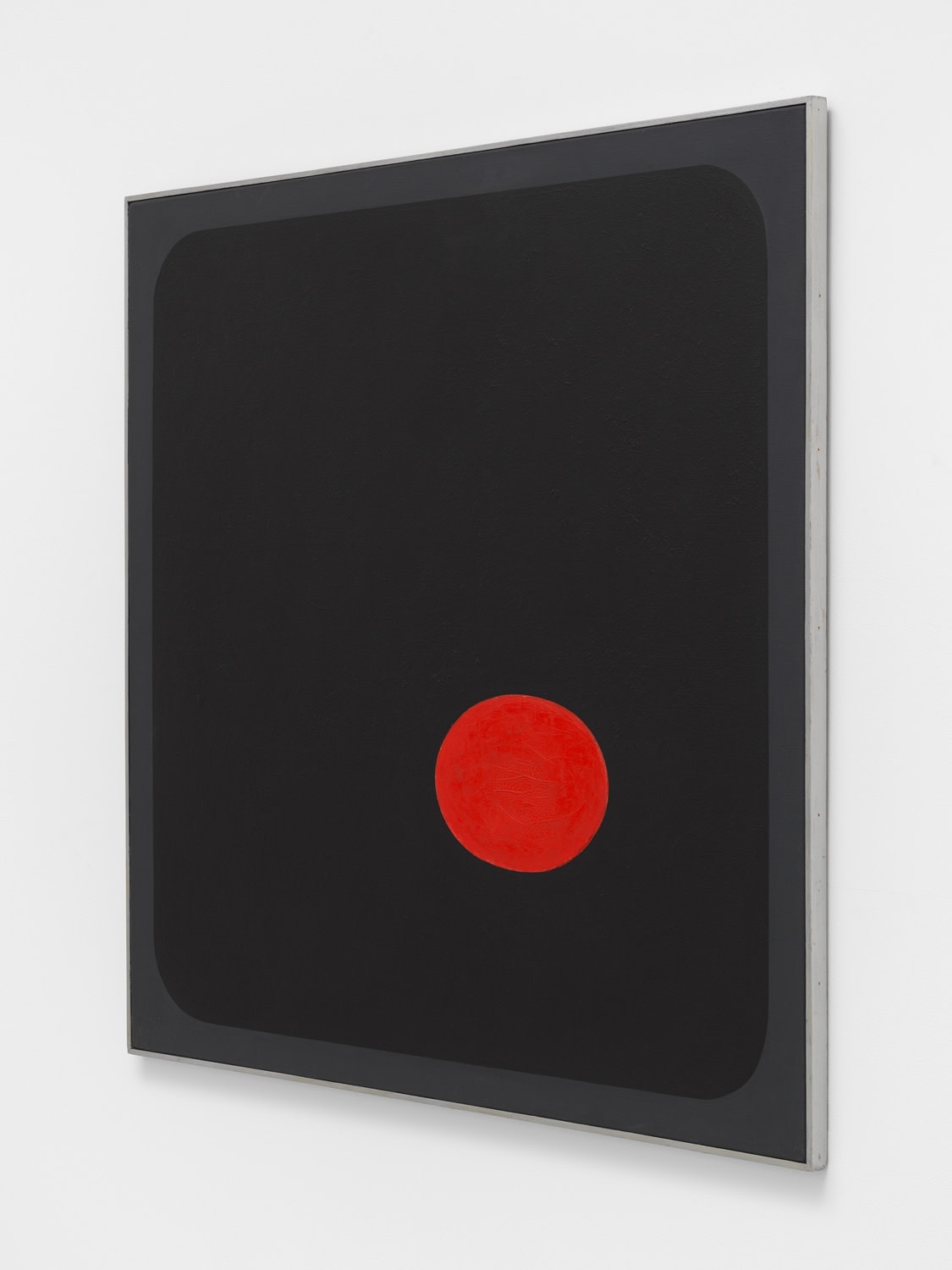







R-33, Todo comienza aquí (R-33, It All Begins Here), 1960
Oil, acrylic, and mixed media on canvas
39 3/8 x 39 3/8 in.
100 x 100 cm
100 x 100 cm
Further images
-
(View a larger image of thumbnail 1
)

-
(View a larger image of thumbnail 2
)

-
(View a larger image of thumbnail 3
)

-
(View a larger image of thumbnail 4
)

-
(View a larger image of thumbnail 5
)

-
(View a larger image of thumbnail 6
)

-
(View a larger image of thumbnail 7
)

-
(View a larger image of thumbnail 8
)

The arrival of Informalism to Venezuela in 1959 also coincided with Jesús Rafael Soto’s and Alejandro Otero’s brief explorations of assemblage and collage as reworked by French Nouveau réalisme. Both...
The arrival of Informalism to Venezuela in 1959 also coincided with Jesús Rafael Soto’s and Alejandro Otero’s brief explorations of assemblage and collage as reworked by French Nouveau réalisme. Both Soto and Otero lived in Paris and traveled often to Caracas to participate in group shows and undertake public commissions. Around this period, Gramcko began a series of black paintings (R) in which she challenged traditional artistic methodologies for the use of an array of industrial materials such as sand, pigments, and glues to produce barren textures with a tactile quality. Some works show scratches inflicted on the pictorial surface to avoid artifice, showing technical processes opened to chance. Even though Gramcko did not consider herself part of the Informalist group, her works were a reference for local practitioners of the tendency: “For me, texture is a distraction. Intricate surfaces tend to lead to the path of intuition and form, which is what matters.”
Starting in 1960-61, Gramcko abandoned the highly stylized forms and compositional rhythms that marked her early production in favor of formless, densely textured, and tactile black surfaces. In “R-33, Todo comienza aquí (R-33, It All Begins Here),” 1960 Gramcko combined overlapping layers of oil and acrylic paint mixed with plastic, glue and sand, which gives the painting dimensionality and perspectival shifts. Here, a vibrantly hued and textured red oval, glows against a black background.
Starting in 1960-61, Gramcko abandoned the highly stylized forms and compositional rhythms that marked her early production in favor of formless, densely textured, and tactile black surfaces. In “R-33, Todo comienza aquí (R-33, It All Begins Here),” 1960 Gramcko combined overlapping layers of oil and acrylic paint mixed with plastic, glue and sand, which gives the painting dimensionality and perspectival shifts. Here, a vibrantly hued and textured red oval, glows against a black background.
Provenance
Elsa Gramcko, Caracas, VenezuelaLuis Felipe Farias, Caracas, Venezuela
Exhibitions
Elsa Gramcko, The Invisible Plot of Things, James Cohan, New York, January 6 - February 15, 2023Contesting Modernity. Informalism in Venezuela 1955 -1975. Museum of Fine Arts, Houston, TX, October 28, 2018 to January 21, 2019.
Elsa Gramcko, Etapa Geometrica. Galeria Estudio Actual, Caracas, Venezuela, 1969.
Elsa Gramcko, Museo de Bellas Artes, Caracas, Venezuela, January to February 1961.
Publications
Rangel Gabriela, Aruna D’Souza. Elsa Gramcko: The Invisible Plot of Things. Published by Sicardi | Ayers | Bacino, James Cohan, printed by Faenza Group, Italy, 2022, p. 49.Ramírez, Mari Carmen, Tahia Rivero, María C. Gaztambide, Josefina Manrique. Contesting Modernity. Informalism in Venezuela 1955-1975. Published by Museum of Fine Arts, Houston, reproduced in color, 2018, p. #149.
Delgado Rafael & Sonia. Las Fuentes de las Artes Plásticas en Venezuela, Ernesto Armitano Editor, Caracas, 1981, p. 154.